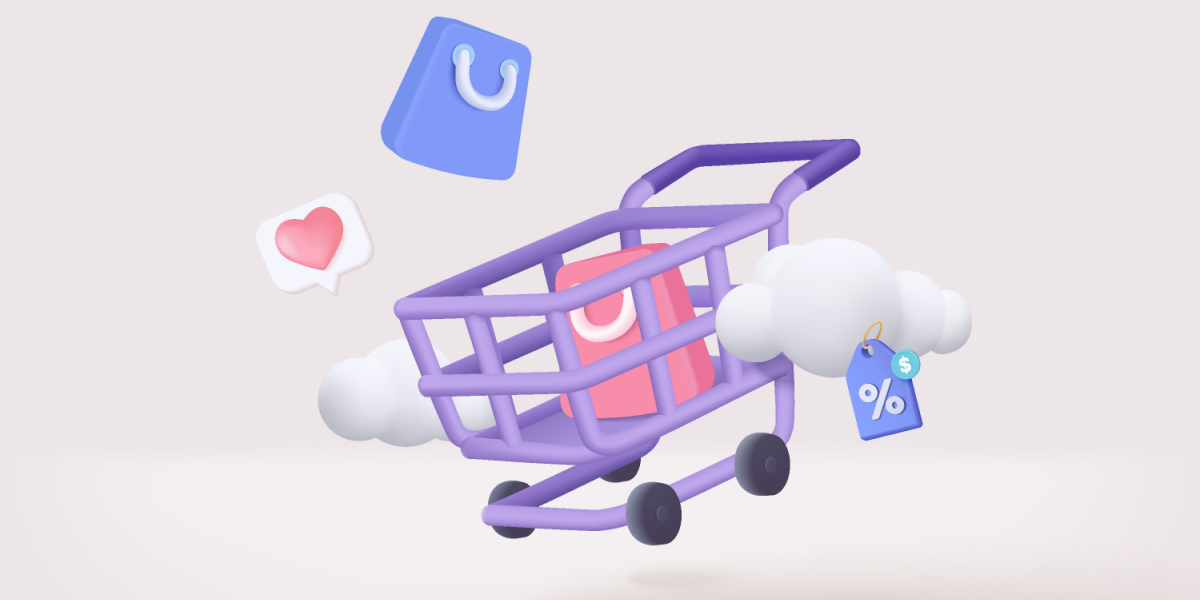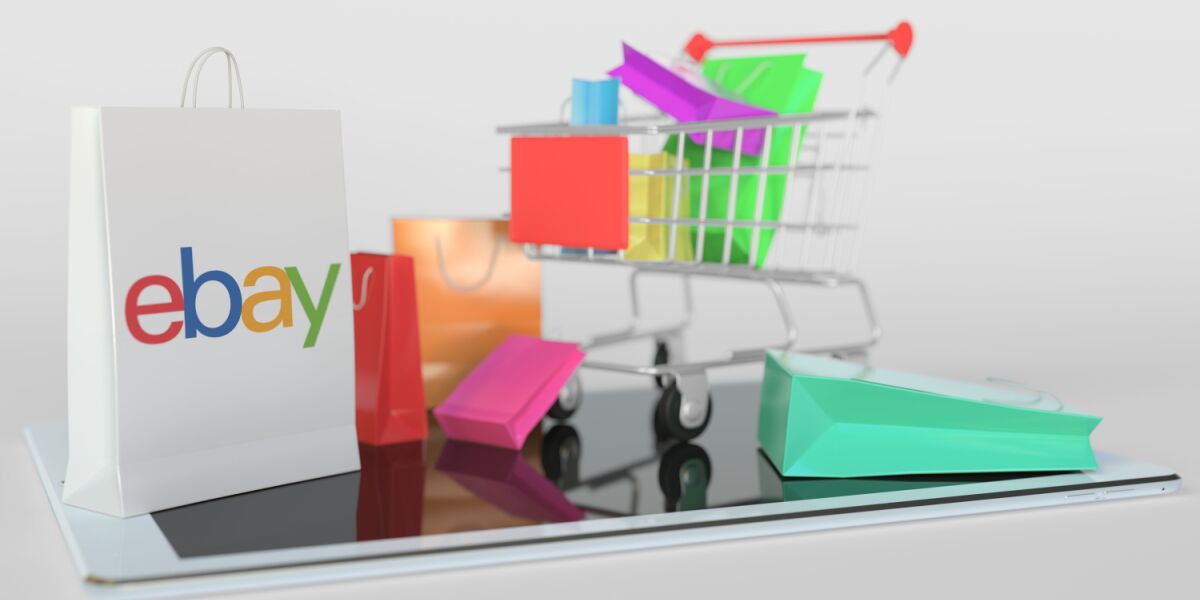Amazon vs eBay: a battle between 2 ecommerce marketplace giants. Yet, unlike Pepsi vs Coke, Apple vs Microsoft, or Nike vs Adidas, there’s a much clearer victor between these monoliths.
Think you know who it is? Go with your gut, and you’re probably right.
But rather than spoil the ending, let’s give the underdog a fighting chance and look at a head-to-head comparison between Amazon vs eBay in 2025.
Remember, we look at selling on these platforms. The buyer experience does impact sellers, but we primarily look at which ecommerce marketplace sellers should invest their time and energy.
Let’s dive straight in.
Short on time? Here are the key takeaways
- eBay’s approach offers both fixed price and auction selling, which caters to a versatile selling approach, while Amazon offers a range of its own products and third-party sellers with fixed rates only.
- Amazon has a much broader audience reach because of its vast user base, whereas eBay has become known for more niche markets.
- Fees differ between each platform, with Amazon having higher selling fees on products but providing more comprehensive services for sellers.
Selling on Amazon vs eBay: Head-to-Head Comparison
While Amazon and eBay are two of the leading ecommerce marketplaces, they aren’t quite the same. For starters, let’s look at their history.
Amazon started as a website that sold books—only books. Jeff Bezos always had an idea for making it a sell-anything-and-everything platform, but its roots were a bit more humble. Amazon expanded to include cloud computing, digital streaming, manufacturing, artificial intelligence, and even gaming. While ecommerce is the company’s bread and butter, it’s far from the only moneymaker.
On the other hand, eBay started as an online open auction marketplace. For the first time, sellers could sell everything from their prized possessions to their Pez candy dispensers online. Now, auctions aren’t really a thing on the platform. Sure, you can still do them, but the vast majority of buyers and sellers have moved to the retail-style “buy now” format.
Let’s look at the key differentiators between the 2 platforms.
Key Differentiators:
- Audience: Who uses these platforms, and what’s the addressable market size?
- Membership: Are there any memberships that could incentivize or discourage buyers?
- Trust: How well do consumers trust these platforms and the sellers who use them?
- Fulfillment: Will you have to store, package, and ship everything on your own? Or does the platform offer another option?
- Fees: How much profit do you keep from every sale? Do you pay extra for additional services?
- Product Quality: Which platform guarantees high-quality products? If you have items in bent-up condition, will you be able to sell them?
- Pricing: Which platform helps you get the most money from every sale?
1. Audience
Amazon wins when it comes to market size. Worldwide, Amazon does nearly $700 billion in product sales, whereas many eBay sellers are reporting major issues with sales in 2025 in community posts like this one, this one, and this one.
Of course, these are just three examples, but they highlight the ever-increasing gap between Amazon and eBay.
Amazon is also the most popular ecommerce app in the United States, with more than 213 million unique monthly US visitors. If you’re targeting a US-based audience (or, really, any audience), Amazon is going to be the better option.
However, eBay does serve a niche crowd with its auction-style selling option. Yet, auctions are only a small portion of the action that happens on eBay. Way back in 2013, auctions had shrunk to less than 15% of all eBay listings. Imagine how tiny it is now.
2. Membership
Amazon Prime—it’s one of the most distinguishing perks of the platform. Users pay around $15 per month to be an Amazon Prime member, but eBay doesn’t have any such membership.
At first glance, that might seem like a point for eBay, but it’s not. Amazon Prime users subscribe to the platform, which incentivizes them to return and “get their money’s worth.”
Think about it. If you pay a monthly fee to be a member at a gym, are you ever going to go work out at another gym with fewer perks? Probably not. Not even if it’s free. Why? Because you don’t want money spent on your gym membership to go to waste.
Amazon Prime members pay for speedy delivery and free returns. It keeps them coming back for more. When you sell on Amazon, you don’t sell to one-time buyers who happen to visit the website. You sell to loyalists who probably visit the site multiple times a week. And there are over 200 million of these paying loyalists.
eBay doesn’t have a membership option, and it doesn’t guarantee quick delivery or free returns. Heck, some sellers can even list items with a “No Return” policy at all. It’s a simple check box they can tick when creating their listing.
Note: If a seller doesn’t accept returns, they’re probably not someone you want to buy from.
3. Trust
Amazon and eBay have both been around for close to 30 years. Yet, trust is not something they have in common.
If we told you that you could buy a product for the same price and get the same delivery speed using eBay or Amazon, which platform would you choose?
Amazon, right? Why?
It’s not all about pricing and shipping. Yes, those play an important role, but they’re not everything.
Consumers care about quality and authenticity. They want to know they can return an item if they’re not satisfied and get a full refund without any hassle.
You want to use a platform that your customers can trust. Amazon provides shoppers with an A-Z Guarantee, which protects just about any purchase they make on the platform.
eBay doesn’t have an A-Z Guarantee or anything comparable. Refunds can be tricky. If you get duped, deceived, or scammed, it’s a hula hoop and a headache to get your money back.
If you’re reading articles like this online, you’re likely relatively comfortable with the internet. However, not everyone is comfortable with online shopping.
Online shopping is still a new phenomenon, and not everyone is using it yet, although that number is rising year on year.
Amazon doesn’t have the best reputation when it comes to how it treats workers, and it’s also become the reason many local mom-and-pop shops have had to shut down. The business is still trying to overcome this, but you should be aware of it before committing.
Trust is everything. It can’t be taken for granted.
4. Fulfillment
If you sell on Amazon, you have two fulfillment options:
- Fulfillment by Merchant (FBM): Store, pack, label, and ship all orders yourself. You’re also responsible for customer service, returns, and exchanges.
- Fulfillment by Amazon (FBA): Hand off your entire fulfillment process to Amazon for a monthly fee. They’ll take care of all the grunt work.
When you sell on eBay, you have one option: do it yourself. While you won’t have to pay Amazon FBA’s fees, you’ll be responsible for paying for storage, packaging, and shipping on your own—and that’s sometimes more expensive than using a one-stop shop to do everything.
If you choose to fulfill orders on your own, there’s not really a difference between Amazon and eBay. However, it’s nice to have options, especially as you scale.
You might not have a problem fulfilling an order here or there, but what happens if your business takes off? That’s what you want, right? But are you prepared to fulfill hundreds of orders every week or month? If that’s the end goal, you’d better prepare yourself from the get-go with the right platform.
5. Fees
Profit is everything, so you want to use a platform that’s going to maximize your earnings. Let’s take a look at the fees to see which is the more affordable marketplace for sellers.
For starters, Amazon users will need to pay a $0.99 per-item-sold fee or a flat $39.99 monthly subscription. If you’re selling less than 40 units a month, it’s best to go with the per-unit fee.
On top of that, you have referral fees, variable closing fees, and the cost of fulfillment (whether that’s shipping on your own or using Amazon FBA). These can eat up a fifth or even a third of your revenue from a sale, so it’s nothing to skip over.
eBay is the slightly cheaper option when it comes to fees. You have to pay insertion fees to create listings and a final value fee that takes a percentage of your sales price. This percentage could be as low as 2% for select business and industrial categories or as high as 12% for books, DVDs, and music.
After those fees, you’ll still have a payment processing fee and an optional listing upgrade fee.
6. Product Quality
Product quality has a direct impact on consumer trust. Amazon lets sellers market new and used items, but the items must be able to “function properly” at a minimum.
eBay doesn’t have any such restrictions. If the item is legal, you can sell it on eBay. The first item ever purchased on eBay was actually a broken laser pointer. Mark Fraser, the buyer of the laser pointer, decided to buy and fix the broken laser pointer for $14.83 rather than buy a brand-new $100+ laser pointer.
If you sell new or lightly used products, Amazon is going to be the better option. Users expect items to come in good condition—anything less, and Amazon may ding you.
If you sell antiques or collectibles, regardless of their shape or condition, eBay is the better platform. Customers on eBay don’t expect perfection. However, they expect the delivered product to match the listing, so be upfront and transparent with detailed descriptions and lots of images.
7. Pricing
While Amazon may have an incredible audience on the platform, there’s also a lot of competition. Amazon has more than 9.7 million sellers globally, with 2 million of them classed as ‘actively selling’ on the platform.
If you’re selling commonplace items, you may be competing with hundreds or thousands of other sellers. When that’s the case, price is almost always the determining factor. If you want to win sales, you’re going to have to drop your prices.
The same goes for sellers on eBay, but there’s significantly less competition. However, shoppers on eBay aren’t usually looking for something they could buy at Wal-Mart or Amazon—they’re looking for rare or second-hand items they can’t find anywhere else.
These items don’t usually have a fixed price. Instead, they’re listed as an auction. While you can make a lot from auctions, you can also lose. Your prices are a bit more flexible, but you lose control over your profit margins.
And the Winner Is…
Amazon. It’s Amazon.
But you knew that all along, didn’t you?
Amazon has a larger market, membership incentives, worldwide trust, fulfillment options, and better-quality products. While Amazon might not feature auction-style listings like eBay, it doesn’t need to—since it’s obvious eBay has been migrating away from that formula to adopt a more Amazon-like platform.
If your products are better suited for niche auctions, eBay might be the better platform for you. However, if that’s not the case, you’ll almost always be better off choosing Amazon as a seller.
Jumpstart Your Way to Amazon FBA Success
The battle of Amazon vs eBay isn’t really a competition—it’s like choosing to use Bing or Yahoo! Search instead of Google. And why would anyone ever do that?
The case of Amazon vs eBay is done and dusted. Ready to get started as an Amazon seller? You’re in the right place.
Register for our Amazon FBA course. You’ll be taught by Melisa Vong, a hands-on expert who’s started, scaled, and sold 2 multi-million dollar brands using a little something she calls the “Prime Product Method.”
Join the class to find out how she did it. You’ll learn everything you need to know to start a thriving Amazon FBA business—plus, you can ask any question live during the masterclass.
Want to skip the trial and error and jump straight to success? This is the course for you.


















